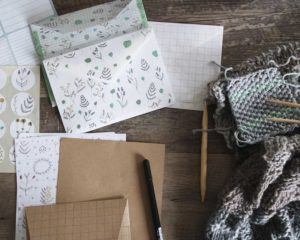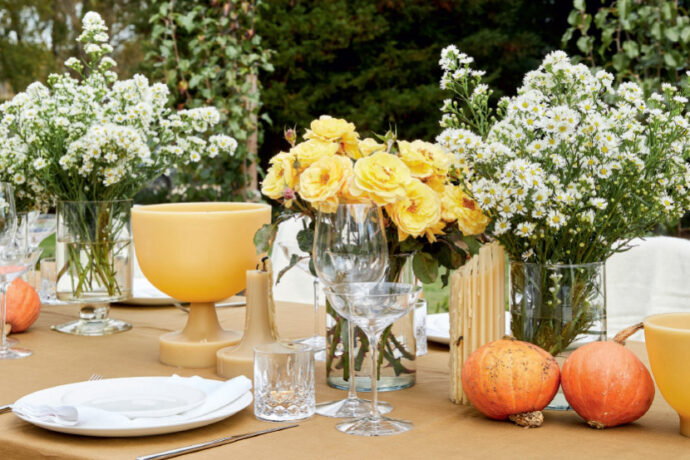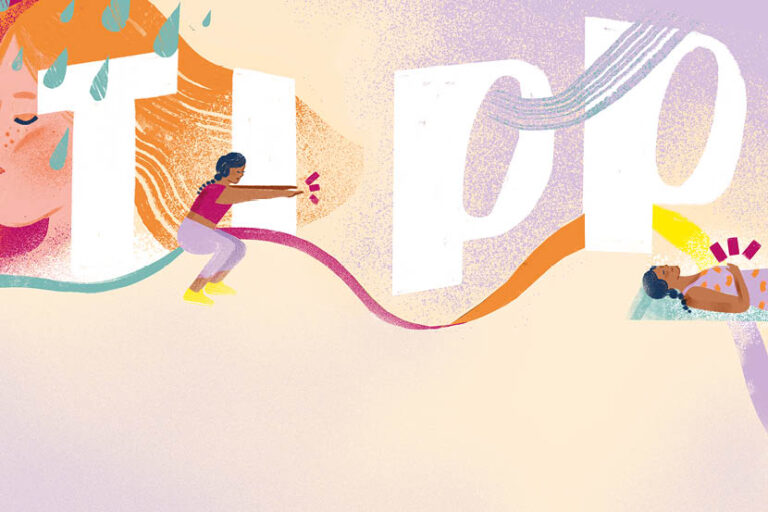
Another day, another collection of mail lands in the letterbox. But when was the last time it wasn’t junk mail or a bill?
Another day, another collection of mail lands in the letterbox. But when was the last time it wasn’t junk mail or a bill? Can you recall the excitement of seeing a fat, creamy envelope, complete with its hand-written address, knowing the contents have been composed especially for you?
Crafted compositions
Letter writing certainly doesn’t have to be complicated – as Writer and former Canterbury Laureate Sarah Salway knows. In 2013, as part of the Wise Words Festival in Canterbury, she came up with an interactive activity that allowed visitors to choose from a box of postcards, then leave a message for a stranger pegged on to a line, leaving their words fluttering in the breeze like literary laundry. “It was extraordinary to see the care people put into crafting their messages. One woman told me she couldn’t stop thinking about the person who’d written her card and they ended up meeting – it was all about taking time and making connections.”
Taking time and making connections are things that tend to get pushed to one side in today’s 24/7 world – but letter writing is also surely about sensory pleasures: crisp stationery, inky fingers. In her book The Shops (bookdepository.co.uk $18.78), India Knight describes the thrill that a childhood visit to her grandparent’s papeterie in Brussels gave her: “This hushed, sober shop had paper by the quire: thin paper, thick paper, handmade paper, marbled paper in six shades of pink, like melting strawberry ice cream – and coloured inks, and heavy, solemn, important-feeling fountain pens… I remember the shop’s smell to this day, and the swoon I fell into at the counter.”
“There’s definitely something very evocative about stationery,” says Sarah Salway. “I recently tried to buy some Basildon Bond paper, which is the type I always used when writing letters in the past, to send to my brother in Canada. It was amazing how many shops I went into where the assistants’ faces lit up with nostalgia when I asked for it – ‘Ah! Basildon Bond!’ – they sighed, before they added sadly that they no longer stocked it.”
Working with words
A decline in writing-paper sales goes hand in hand with the decline in letter writing itself, of course, so perhaps we need to ensure our children are writing letters – and learning how to address envelopes. Mary Porter, an editor, recently offered workexperience to a bright 16-year-old and asked him to hand-address a pile of envelopes. “To my astonishment, he wrote the name and entire address along one line at the top of the envelope – clearly he’d never been taught to space the address out, line by line.”
While teens may be more into technology than handwriting, most younger children love crafting letters; great news, given that the activity improves dexterity, gets them working with words and provides often truly special keepsakes. My own children when younger would happily spend hours composing and exchanging elaborate letters detailing club rules, activities and invitations to neighbouring children in their gang, leaving them for collection in the stump of a nearby tree. And, of course, there’s the regular correspondence with The Tooth Fairy and Father Christmas to keep many children occupied.
As adults, surely we need to do all we can to spread the letterwriting word. Who wants to think of a future generation with no bundles of love-letters to look back through? Emails and texts certainly have a place in communications, but they can never have the same degree of permanence or gravitas. Difficult times, too, need to be marked by a letter.
“When my father died,” recalls 52-year-old Lindsay Lee, “I was grateful for all condolences, but it was the letters that most moved me: the fact that people had taken time and trouble to commit their feelings about my father to paper, the fact that I could reread them for comfort in my own time and the fact that, though my father has gone, the letters have lasted.”
A hand-written missive has a simple power that benefits both sender and recipient. “It’s a gift, really,” says Sarah Salway – a gift that costs time, rather than money. Now where’s my pen?


















